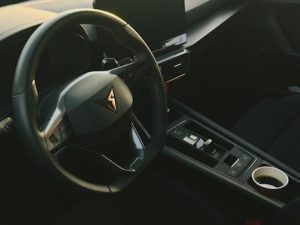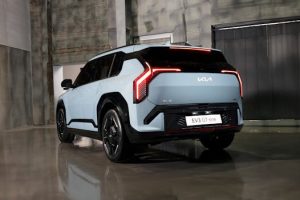EV Charging Infrastructure: What’s Changing?
Electric vehicles (EVs) are changing the way we think about transportation. With their zero emissions and lower operating costs, more and more people are making the switch to EVs. However, for EVs to truly become a viable option for everyone, we need to have a reliable and efficient charging infrastructure in place. And just like the technology in EVs is rapidly evolving, so too is the EV charging infrastructure. Let’s take a closer look at what’s changing in the world of EV charging infrastructure.
The Rise of Electric Vehicles
In recent years, there has been a significant increase in the adoption of EVs. This is largely due to increased government regulations and incentives, as well as advancements in technology and a growing concern for the environment. The International Energy Agency estimates that there will be 125 million EVs on the road by 2030, representing approximately 10% of global vehicle sales.
This increase in EVs means that there will be a growing demand for charging infrastructure. In fact, Bloomberg New Energy Finance predicts that by 2030, there will be a need for 12 million public charging points globally.
Challenges with Current Infrastructure
Range Anxiety
One of the main challenges facing EV owners is range anxiety – the fear of running out of charge while on the road and not having a charging station nearby. This is a valid concern, as traditional gas-powered cars have a much longer range than most EVs. However, with the rapidly expanding network of charging stations, range anxiety is becoming less of an issue.
Inconvenient Charging Locations
Currently, the majority of public charging stations are located at specific destinations, such as shopping centers or large parking lots. This means that EV owners may have to plan their routes around these locations, which can be inconvenient and time-consuming.
Lack of Standardization
Another issue with current EV charging infrastructure is the lack of standardization. There are currently three different types of charging plugs in use, making it difficult for EV owners to find a compatible charging station. This can deter potential EV buyers who are concerned about the hassle of finding a charging station while on the road.
The Future of EV Charging Infrastructure
Innovative Charging Technologies
To address the challenges with current EV charging infrastructure, a number of companies are developing innovative technologies. Wireless charging, for example, allows EVs to charge without the need for physical cables. This could make charging more convenient and less disruptive for EV owners.
Another promising technology is ultra-fast charging. Currently, the average EV takes around 8 hours to charge, but with ultra-fast charging, this time could be reduced to just a few minutes. This would make EVs even more convenient and practical for everyday use.
Expansion of Charging Network
In order to meet the growing demand for EV charging, governments and private companies are working to expand the charging network. By installing more public charging stations in both urban and rural areas, range anxiety will become less of a concern for EV owners.
Furthermore, companies like Tesla are taking matters into their own hands by installing their own network of charging stations, making it easier for their customers to charge their vehicles while on long trips.
Standardization Efforts
To address the issue of incompatible charging plugs, there are efforts underway to standardize EV charging. The European Commission has proposed a regulation that would require all public charging stations to use the same plug type. This would make charging more convenient and user-friendly for all EV owners.
Conclusion
The world of EV charging infrastructure is constantly evolving, thanks to technological advancements and a growing demand for electric vehicles. While there are some challenges to overcome, the future is bright for EV owners. With an expanding network of charging stations, innovative technologies, and standardization efforts, EV charging will become more convenient and accessible for everyone. So if you’re considering making the switch to an EV, the time has never been better.










